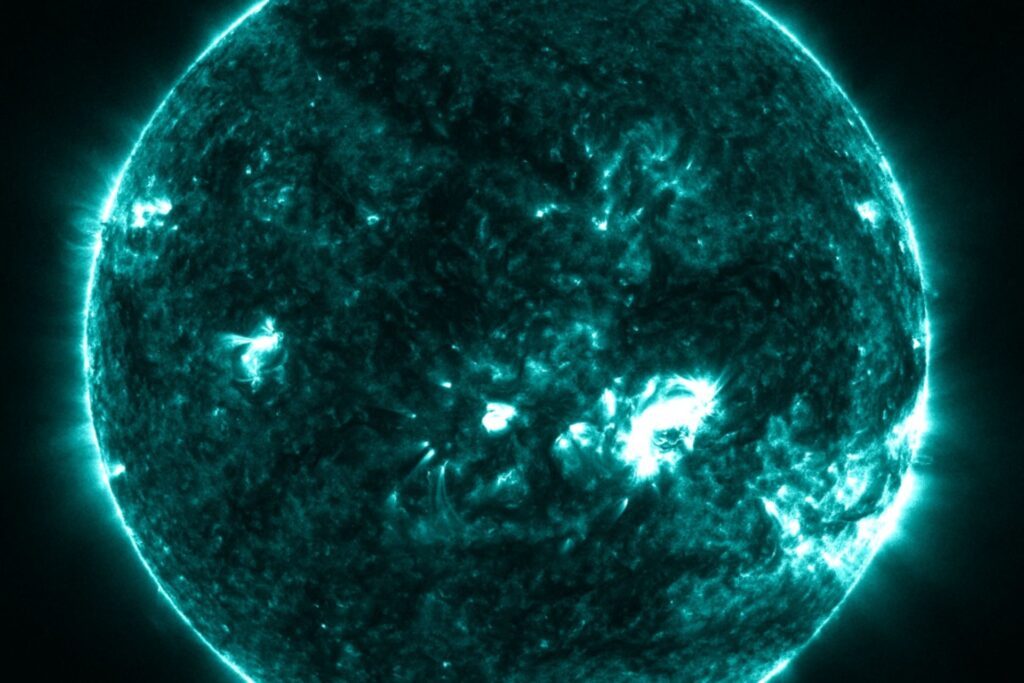
BREAKING: NASA and IBM have just unveiled a groundbreaking AI model named Surya that promises to revolutionize the forecasting of solar storms. This urgent innovation addresses significant gaps in current forecasting methods, crucial for protecting Earth’s critical infrastructure from the hazardous effects of solar activity.
On August 20, IBM and NASA announced Surya, an open-source AI model developed after a pivotal tabletop exercise earlier this year revealed alarming deficiencies in our ability to anticipate severe solar storms that can disrupt satellites and power grids. This new technology enables scientists to predict solar flares with enhanced accuracy and lead time.
Surya can forecast solar flares up to two hours in advance and visually pinpoint their expected location on the Sun’s surface, according to IBM. As solar activity increases, the potential for geomagnetic storms on Earth poses risks to communication systems and electrical grids, which can lead to billions in damages. A systemic risk analysis by Lloyd’s estimates that a severe solar storm could inflict losses of up to $2.4 trillion on the global economy over five years.
According to Juan Bernabé-Moreno, director of IBM Research Europe for Ireland and the U.K., “It’s very important to have a mechanism to look into the Sun and understand how these events are going to happen.” This capability allows decision-makers to take preventive measures, safeguarding essential infrastructure from catastrophic failures.
Surya operates like a powerful AI telescope, drawing on nine years of high-resolution data from NASA’s Solar Dynamics Observatory, which has been continuously monitoring the Sun since its launch in 2010. Surya’s innovative approach allows it to generate predictive images of solar activity, enhancing the precision of predictions, with a reported 16% improvement in flare classification accuracy compared to previous models.
IBM’s senior research scientist, Johannes Schmude, explained that while Surya is trained on data from the previous solar cycle, the team is focused on fine-tuning it for the current Solar Cycle 25 to ensure its relevance and effectiveness going forward. “Testing the model’s applicability to Solar Cycle 25 is one of the post-release tasks on our list,” he stated.
The implications of Surya’s release are vast, offering the scientific community an opportunity to explore new applications and refine its capabilities. Bernabé-Moreno expressed excitement about the potential for widespread use, stating, “That is going to create utility. That, for us, is the most important thing.”
As solar activity continues to pose a threat, the launch of Surya is not just a technological advancement—it’s a crucial step in safeguarding our planet and its infrastructure from the unpredictable forces of space weather. Stay tuned for further updates on how this innovative AI can transform our understanding of solar storms and their impact on our daily lives.





